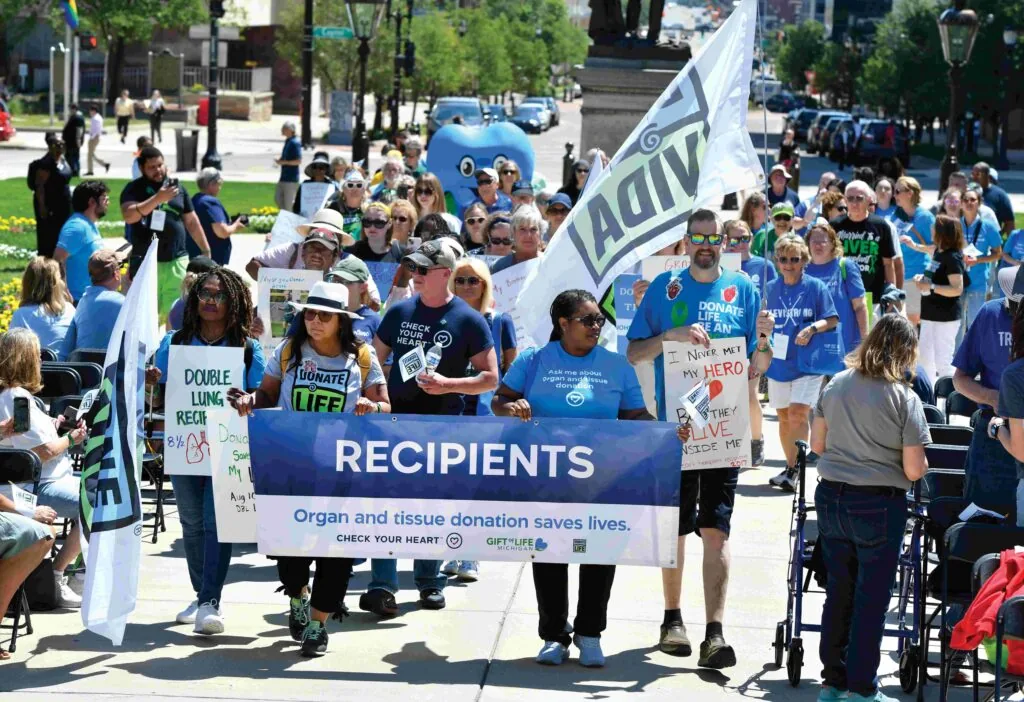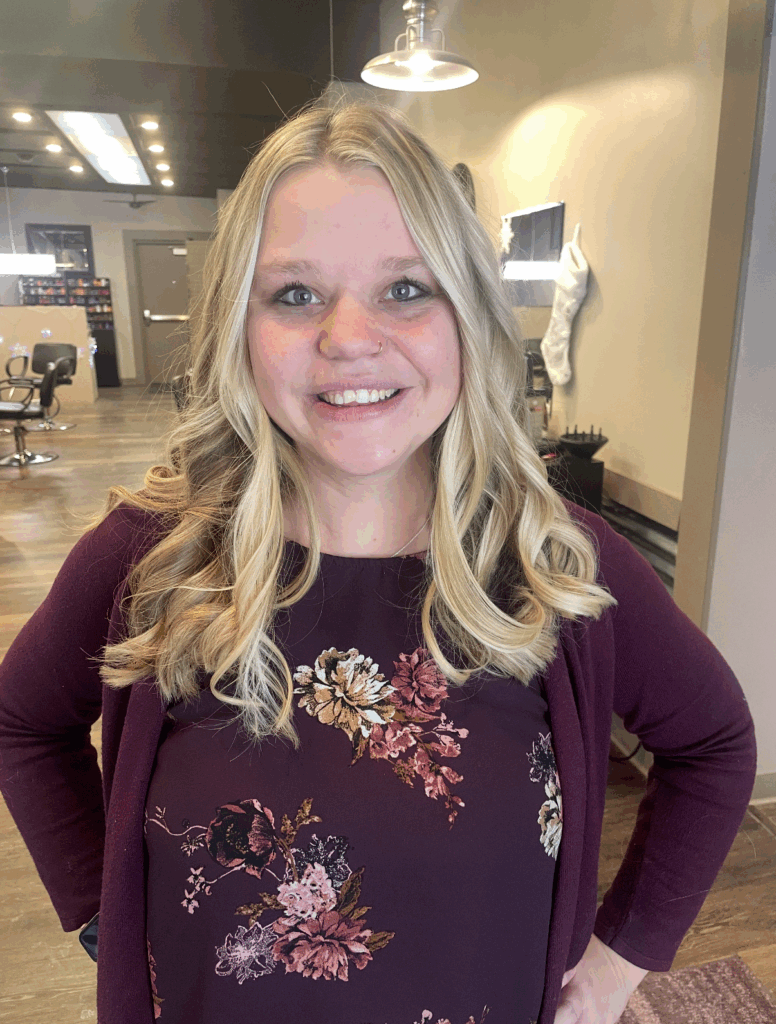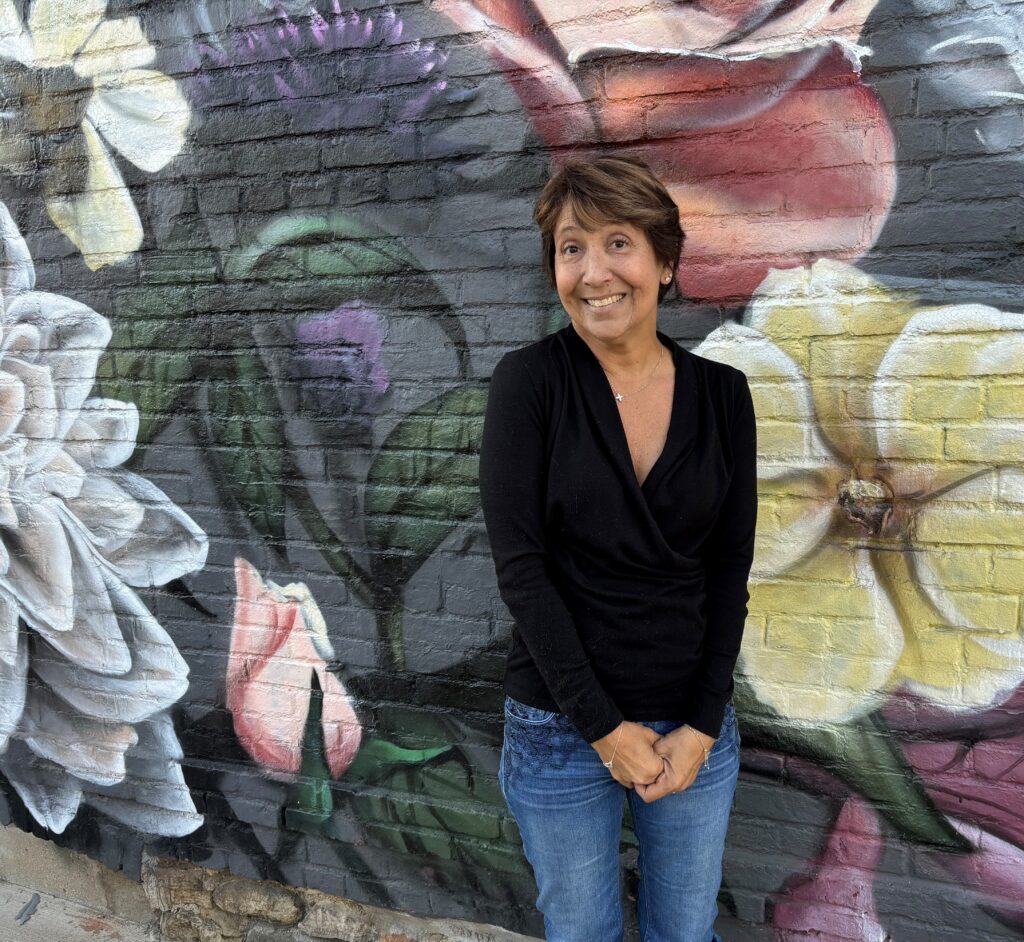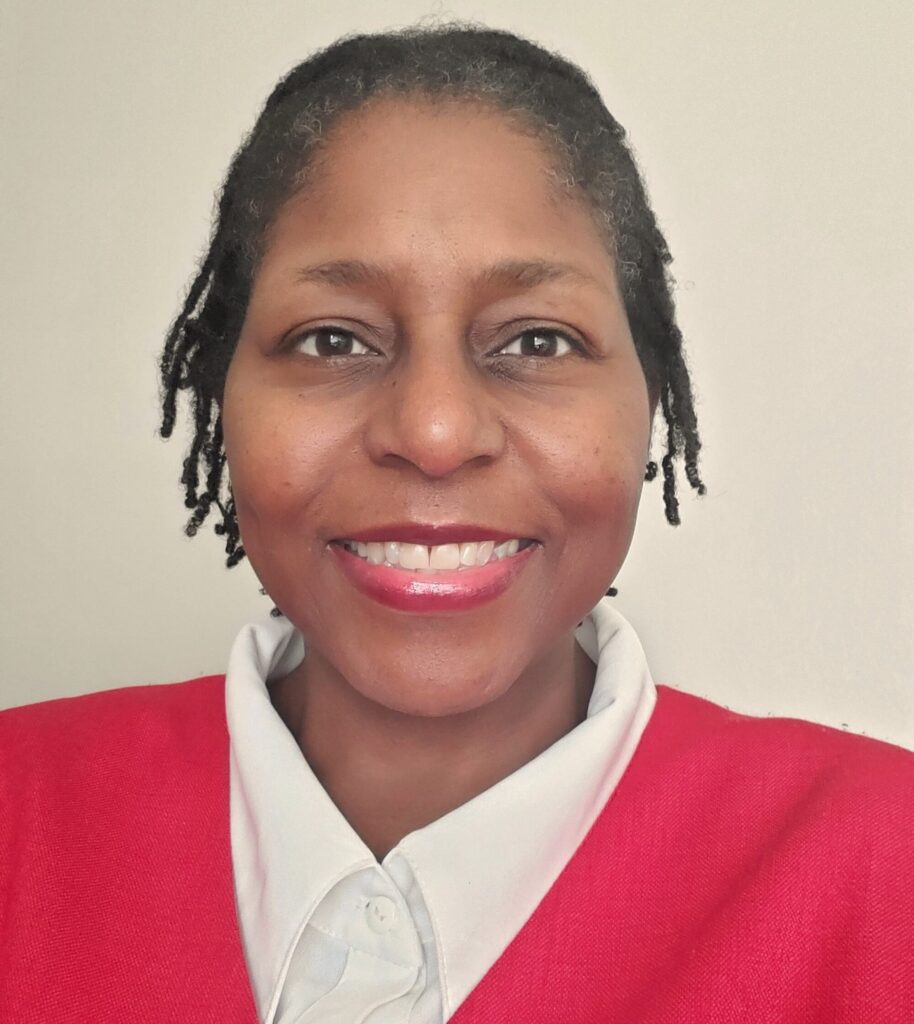When Sheila Jackson was just 17, her world turned upside down. Three weeks after high school graduation, she was in the hospital. Her doctors told her she had kidney disease.
“It was like, what are you talking about? This is summer, I’m supposed to be out partying, getting ready for college,” she remembered.
Instead of going to school that fall, Sheila stayed home and went to community college. She went away the following year and finished two more years before returning home to graduate and begin dialysis.
“I would go to school from 7:30 to 3, and then I was on dialysis from 4 to 7,” she said. “At the same time, I was trying to study and plan a wedding.”
The toll was emotional as well as physical.
“Especially being so young, I was one of the youngest people in my dialysis group,” she shared. “Here I am sitting with people that are parents or grandparents, at the end of their careers or retired… and I’m trying to start my life.”
Sheila started her life. The week of her wedding, she rearranged her schedule so she could get married on a Saturday, move to Chicago, and start back on dialysis that following Tuesday.
While family and friends had stepped up to see if they were a match, Sheila never asked her husband, Jason. In 2002, just two years after marrying, he suggested he would get tested.
“They did tests and thought he would be a good match,” she said. “So, we went through the process, and he gave me his kidney.”
Because of Jason’s lifesaving gift, Sheila was able to live a life off dialysis. A few years after her transplant, they decided to expand their family. She gave birth to their son Donovan in 2007. For over 15 years, she was able to live a healthy life until her disease started attacking her kidneys once again.
Sheila returned to dialysis — this time for almost three years — while juggling family life and managing two separate transplant listings.
“It was a lot,” she said. “I felt so guilty because my husband had donated this kidney to me… but he reminded me, ‘It’s okay, I live with you. I see you do everything you’re supposed to do.”
In 2021, a new chance arrived. A call from the University of Toledo Medical Center offered hope for a second transplant — this time from a deceased donor.
“I wrote to my donor family within the first year, but I haven’t yet heard back,” she shared. “If I could say anything, I would thank them for the gift of life, because they didn’t have to. Because of their son’s donation, I’m still here to raise my son, see him graduate, and go to college. I’ve been able to grow in my own career, and I’m able to be here, see the people I love, and take care of them.”
Sheila doesn’t take the gift she has been given for granted. She continues to share with others who are navigating the process of transplantation and reminds them of the importance of following the health plan prescribed by your medical team.
“I take close to thirty pills every day,” Sheila explained. “I have to take precautions with cold and flu season. I’m masking up going to airports and everything like that.” She schedules monthly lab work, sees doctors every six months, and closely monitors every symptom. “My transplant is not a cure — it’s a form of treatment.”
More than 2,600 patients in Michigan are waiting for a lifesaving organ transplant. The best way to save lives is by joining the Michigan Organ Donor Registry at golm.org/signup.








